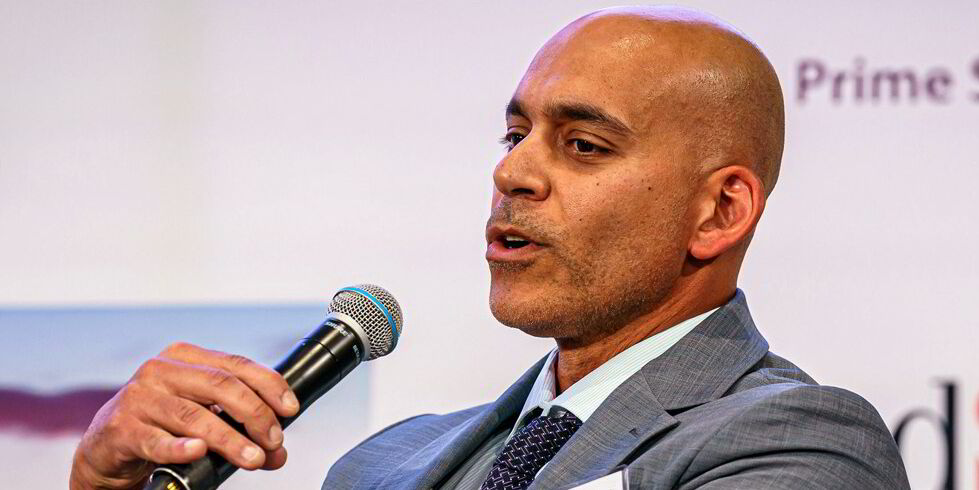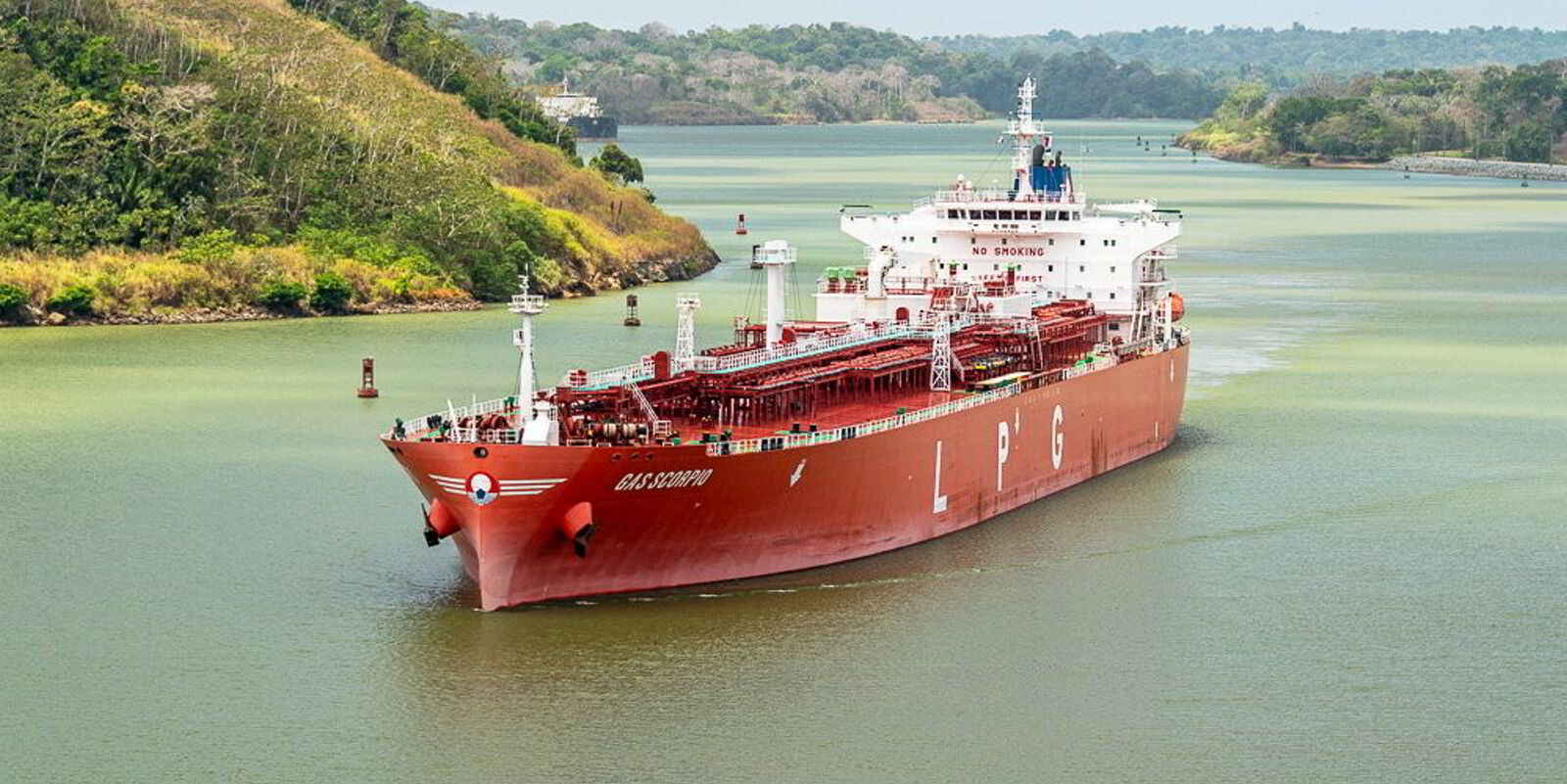VLGC rates will not be as strong as suspected, as rates and pricing arbitrage appear to have become uncoupled, veteran analyst Omar Nokta says.
He said the end of Panama Canal disruptions means the market is finally feeling the impact of last year’s newbuilding deliveries, creating a situation in which the $310 per tonne spread between LPG prices in the US Gulf and Asia — the highest this year — is no longer boosting freight rates in the same way.
“Since 2015, when the US started becoming a major exporter, VLGCs have captured two-thirds of the LPG price spread on both the USG [US Gulf]-Europe and USG-Asia routes,” Nokta said.
“Today’s USG-Asia freight rate of $90 per tonne equates to $20,000 per day, but based on historical averages it should be hovering at $200 per tonne or $120,000 per day.”
VLGC rates, which were assessed by Clarksons at $22,700 per day on Friday, have fallen precipitously recently, crashing from $33,000 per day last week, and were tipped to fall even further.
Nokta said the break started in May, when water levels on the Panama Canal began to return to normal, allowing more ships through and reducing travel times from the US Gulf to Asia but raising effective fleet supply.
“Now the market is feeling the impact of these ships, with freight capturing just 30% of the LPG price spread since June and recently only 20%,” the Jefferies analyst added.
He does not expect freight rates to skyrocket again, but maintain “mid-cycle” levels as the global VLGC fleet is expected to grow by only 6% this year and 5.5% next year before double-digit growth in 2026 and 2027.
Utilisation is expected to fall to 83.5% this year and 83% next year from 89% in 2023.
Rates would hover around $40,000 per day.
Nokta’s market outlook — which pushed him to lower US-listed Dorian LPG’s target price to $42 from $50 — followed a note last week in which he argued against blaming higher terminal fees for eating into rates.
Then, he argued that cargo owners were simply getting the upside of the widening LPG price arbitrage.




